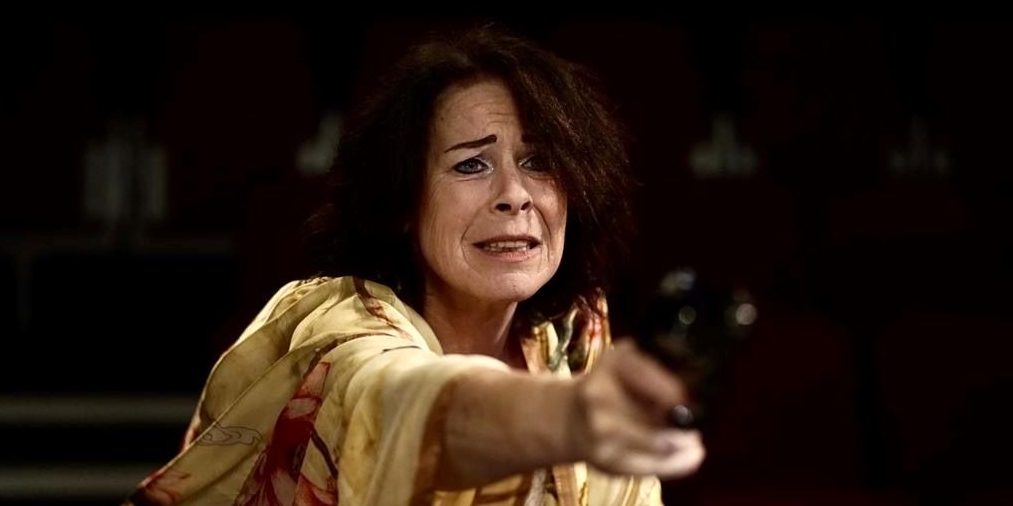This real-life interesting story is a breath of fresh air.
We have all heard of Harry Houdini, the great escapologist/illusionist nicknamed ‘the handcuff king’, who escaped from strait jackets, handcuffs, upside down hanging from a building, or underwater coffins, and other spectacular feats. He had studied locks all his life, had photographic memory, so he could escape them all. He could hold his breath for over 3 ½ minutes. Houdini was on an anti-Spiritualist crusade at the time of his death at 52, spending much time debunking fraudsters.
Born Ehrich Weisz, he was a household-name superstar in in 1920’s, when Spiritualism was at its zenith. A fan, twice his size, (or an angry spiritualist), wanted to test his invincibility and caught him off-guard backstage post-performance in Montreal on 19th October 1926, by sucker-punching Houdini in the abdomen five times. The blows ruptured his appendix, and he collapsed and died in Detroit on 31st October of peritonitis – a death sentence in the days before antibiotics. Penicillin arrived tragically two years later. He was buried in New York in the bronze air-tight coffin used for his stunts. Angry spiritualists claimed credit for his death on Halloween.
It is therefore apt, that this play is shown around Halloween, commemorating his death.
Few will have heard of his devoted wife, Bess Rahner, who accompanied and prepared every trick. One of Houdini’s most famous tricks was ‘The Metamorphosis’ where Bess would be chained in a bag and locked in a box. Houdini would pull a curtain over him in a second, and Bess would be standing where Harry had been and Harry would be locked in the box. This play is about Bess’ personal metamorphosis, her transformation after Houdini’s death. Bess was the rock upon which Houdini built his superstardom whilst leaping into rivers, locked in trunks and prisons or being buried alive, but taking its toll on her health every time. When he died, she was adrift.
The play is set in 1929. Harry had died two years previously; all attempts to contact him had failed, despite his vow to contact the living world if the afterlife existed. Fleeing to a New York Sanatorium, Beth (Pip Henderson) is recovering from the press hounding her for rigging a séance and accusing her as a fraud, together with struggling with alcoholism, drugs, and deep depression after Harry’s death. Henderson delivers a compellingly riveting performance – she is fragile, lost, gentle, manic, romantic, insane, sane, calculating, encompassing a myriad of different emotions. Gwenneth Holmes as Nurse Anna is suitably gullible, believable, sympathetic and Houdini-star-struck, but doubling up as Bess’s sister is brashly misunderstanding. John-Christian Batman plays four characters, but mainly Dr. Cousins, Bess’ arrogant doctor, more clinical than understanding. Henderson is well-supported by the pair. Jack Kristiansen as the Voice of Houdini heard in his letters perfectly fills the void and comprehension of Beth’s despair.
There are some stand-out moments. The voice of Houdini through his letters and the effect on Beth effectively convey her grief at his absence. A tailor’s dummy dressed in Houdini’s clothes allow touching moments between the dead Houdini and Bess, she talks to him, she rails at him, she even dances with him, falling asleep on his shoulders, which is a moving end to the first half.
The magic tricks are fun, as is a séance fooling The Doctor and the Nurse.
When Beth realises that Harry may not have been the totally devoted husband, she thought he was, that everything they created together was an illusion, what people wanted to see, but at the end, was their perfect marriage their greatest illusion?
Upon this realisation, Beth comes to her senses, leaves the asylum, continues her life eventually closing the vigil for Harry to communicate, married her personal manager and died of a heart attack at 67 in 1943. Harry was buried with his family without Beth in New York, and those visiting his grave leave playing cards instead of flowers.
An absorbing, different show, well worth seeing.

